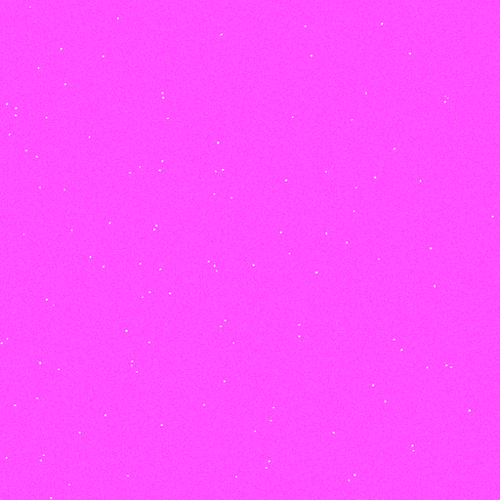I tried to display a .gltf model and a 3d geometry in a single scene. But seems like its not working.
<!DOCTYPE html>
<script>
let scene, camera, renderer;
function init() {
//creating screen
scene = new THREE.Scene();
scene.background = new THREE.Color(0xdddddd);
//creating camera
camera = new THREE.PerspectiveCamera(40,window.innerWidth/window.innerHeight,1,5000);
camera.rotation.y = 45/180*Math.PI;
camera.position.x = 800;
camera.position.y = 100;
camera.position.z = 1000;
//rendering
renderer = new THREE.WebGLRenderer({antialias:true});
renderer.setSize(window.innerWidth,window.innerHeight);
document.body.appendChild(renderer.domElement);
controls = new THREE.OrbitControls(camera, renderer.domElement );
//lights
hlight = new THREE.AmbientLight (0x404040,100);
scene.add(hlight);
directionalLight = new THREE.DirectionalLight(0xffffff,100);
directionalLight.position.set(0,1,0);
directionalLight.castShadow = true;
scene.add(directionalLight);
light = new THREE.PointLight(0xc4c4c4,10);
light.position.set(0,300,500);
scene.add(light);
light2 = new THREE.PointLight(0xc4c4c4,10);
light2.position.set(500,100,0);
scene.add(light2);
light3 = new THREE.PointLight(0xc4c4c4,10);
light3.position.set(0,100,-500);
scene.add(light3);
light4 = new THREE.PointLight(0xc4c4c4,10);
light4.position.set(-500,300,500);
scene.add(light4);
//cube
var geometry = new THREE.BoxGeometry( 100, 100, 100 );
var material = new THREE.MeshBasicMaterial( {color: 0x00ff00} );
var cube = new THREE.Mesh( geometry, material );
scene.add( cube );
console.log("cube added")
//loading model
let loader = new THREE.GLTFLoader();
loader.load('scene.gltf', function(gltf){
car = gltf.scene.children[0];
car.scale.set(0.25,0.25,0.25);
car.position.set(0,0,100);
scene.add(gltf.scene);
animate();
});
}
function animate() {
renderer.render(scene,camera);
requestAnimationFrame(animate);
}
init();
</script>
GLTFLoader.js (81.6 KB) index.html (2.6 KB) OrbitControls.js (25.0 KB) scene.gltf (161.0 KB) styles.css (79 Bytes) three.min.js (596.3 KB)
Mugen87
February 28, 2020, 1:04pm
2
Please always share the asset (in this case scene.gltf) with all related textures if you are reporting such issues.
1 Like
Mugen87
February 28, 2020, 1:29pm
4
Like I said in the previous post, please share all related textures and the respective .bin file. Otherwise it’s not possible to load the asset.
Thankyou for the patience. I think its all uploaded now
Mugen87
February 28, 2020, 1:51pm
6
I can’t find scene.bin. BTW: Consider to pack everything into a glb file which is actually the recommended format if you use the glTF asset in production. You can perform the conversion with this tool:
makc3d
February 28, 2020, 2:37pm
7
Mugen87:
I can’t find scene.bin
She will not be able to upload it, unfortunately,
"buffers": [
{
"byteLength": 79061648,
"uri": "scene.bin"
}
this forum only allows 4M
Mugen87
February 28, 2020, 2:39pm
8
Good point. In this case it’s actually better to share a github repo with the entire app.
@Mugen87 I got to bring both model and object to same scene.
But here I need to scale the object like object1.scale.set(40,40,40) and car like car.scale.set(0.25,0.25,0.25) to be seen like this. Can I scale both together?
The object should be attached to model. Any way to do that?
Have you considered to add the object as a child to the model?
car.add( object1 );
When doing so the scaling of the car will also affect the scaling of object1.
@Mugen87 I tried doing that, but then when I use car.add(object1) the object1 is too tiny to be seen on the screen(as shown below).
And adding object as child of car is not making the object attached(merge) to the car
Do you get better results by doing this:
car.attach( object1 );
@Mugen87 Unfortunately, there are no visible changes.
If car’s scale is 0.25 and object1’s scale is 40, then after making the object1 a child of the car, it’s scale gets influenced by the parent and becomes 40 * 0.25 = 10. Your `object1 becomes 4 times smaller.
I think object3D.scale is meant more for many or continuous changes, as it uses matrices internally.
My recommendation would be to use geometry.scale instead of mesh.scale if you want to use one-time scaling, like adjusting models’ sizes before adding them to the scene. This way, parent-children hierarchies won’t get messed up.
@DolphinIQ Then how do we know that the scaling of object1 syncs with object2 ?
BufferGeometry.scale() does not affect parent-child relations, so you will be able to freely scale both objects without worry.
The thing is that the size of child should be relative to parent as well
You can scale them both with parent.scale or individually with each object.geometry.scale (but dont scale geometry in a loop)













